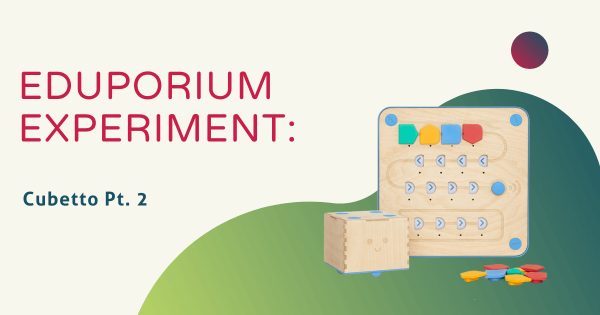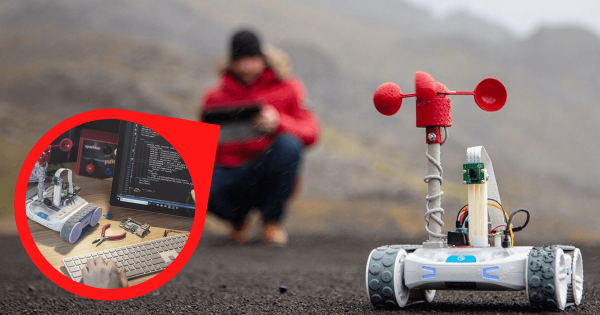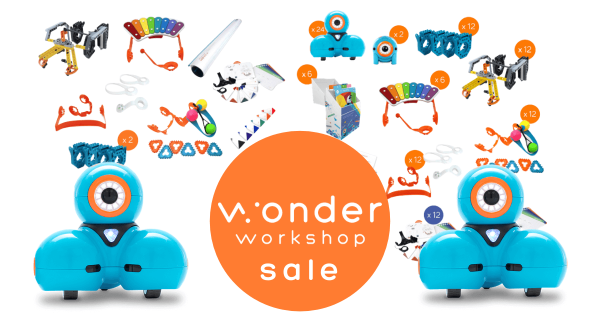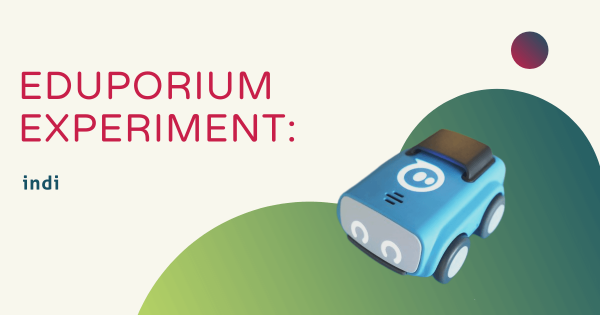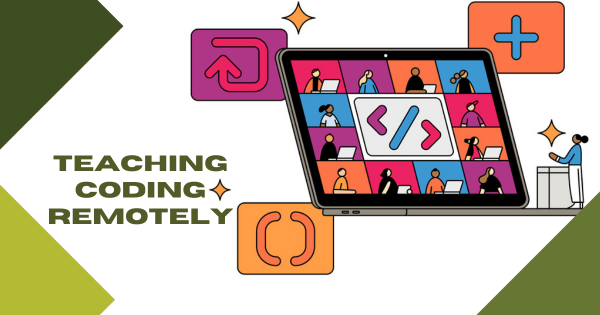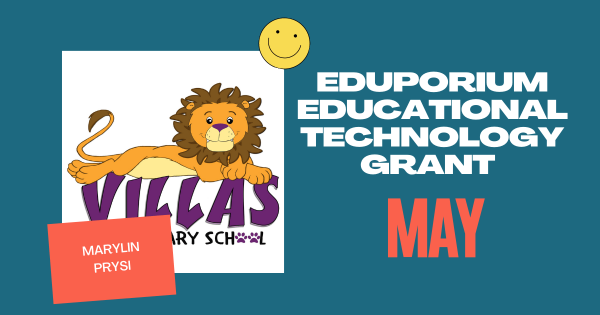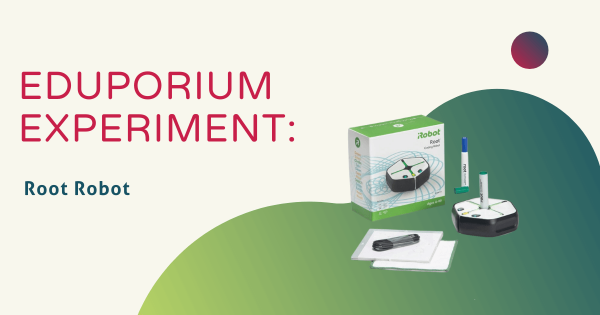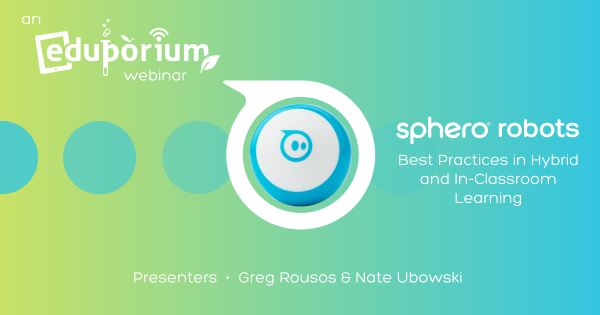Coding
Coding is, of course, a hugely important area of 21st century education. Whether they're as young as Pre-K or ready to enter college, coding is extremely relevant to almost every student's future. Thankfully, millions of educators and administrators realize the importance of teaching kids to code. Whether it's a curricular requirement or part of an informal school club, programming experiences are amazingly valuable for students. There's also plenty of options, so educators can find something without complicated or pricey features. In this section, you'll see a lot of different topics related to K-12 coding. These include features on particular STEM tools, insights on coding integration, skills students can develop and more. There's also something for teachers of all grade levels. Whether you teach the early grades or have students with the foundation to take the next step, you'll find helpful resources for teaching coding in the classroom.
Coding is truly an experience that all K-12 students can have. Starting in the early grades, students can code screen-free with a tool like the Cubetto Robot. Then, they can start to increase their coding skills and explore Blockly environments using tools like the Dash Robot, Ozobot Evo, and many others. From there, students can explore a bunch of different languages, like Snap!, Scratch, MakeCode, and more and, eventually, expand their skill sets by exploring text-based languages, like JavaScript and Python. All the while, the STEM solutions we advocate for also allow students to learn the most important coding concepts, like loops, variables, inputs, conditionals, and syntax. With a natural progression that leads to increased computer science competencies and enhanced future readiness, it's tough to understate the relevance of coding experiences in the classroom.
-
Eduporium Experiment | Cubetto Pt. 2
The Cubetto offers a worthwhile solution with a cute, little, wooden robot that teaches coding—without a device! Just place it on one of its cloth maps, have kids read the story, and send Cubetto on a journey! Cubetto is designed specifically for children in Pre-K and kindergarten to learn the basics of coding—and it’s plenty simple for kids that age! -
Sphero RVR Projects: Teaching Coding with the Sphero RVR
The most recent and, honestly, probably most impressive robot from Sphero, the RVR, is an awesome option for coding across grade levels. It boasts more power than previous Sphero models and students can truly embrace a hacker mentality by connecting third-party hardware, like the Raspberry Pi, micro:bit, Arduino, and littleBits. -
Save on Wonder Workshop Dash Bundles and Class Connect
Through this Sunday (Father’s Day), we’re sharing special savings on Dash Robot bundles and additional access to the Class Connect platform. There are a bunch of bundles that are part of this promotion and you can find them all on our store! Just make sure you select the one-year subscription length option for any qualifying sale product to save. -
Eduporium Experiment | Sphero indi Robot
The Sphero team recently announced that their newest addition, the Sphero indi, is available for pre-order. This versatile and friendly looking robot will serve as their first effort to engage early elementary students in robotics and coding. In the meantime, we thought we’d explore some of its features a bit, including what sets it apart! -
Eduporium Featured Educator: Andrew McDonald
We’re excited to share our latest Eduporium Featured Educator interview with our community! This month, we hear from Andrew McDonald, who’s an educational consultant and faculty member of the Engineering Secondary School at the University of Ottawa and, like so many other educators around the world, he’s had to get creative over the last year. -
Summer STEM: Tips for Teaching Coding Remotely
STEM education and coding in particular do not have to come to a halt just because education has been altered. Teachers around the world have been going to great lengths since March to continue delivering instruction with the highest quality possible and that can include STEM experiences in remote learning if you have a sound strategy. -
May EdTech Grant Awarded to Marylin Prysi!
We’ve awarded our $500 EdTech grant for the month of May to Marylin Prysi! Marylin is a teacher at the Villas Elementary School in Fort Meyers, FL and currently designing a STEM lab. She works with a large amount of minority students and helps create beneficial STEAM experiences for them to learn and grow together! -
Eduporium Experiment | Root Robot and Simulator
With three different levels, students can try block coding, hybrid coding, and text coding while controlling a variety of the Root’s features. There have also been updates to the Root, including new Android and computer or laptop compatibility. We’ll introduce you to the iRobot coding simulator as well and explore its amazing features! -
Video: Using Sphero Robots in Remote and Hybrid STEM
Led by Nate Ubowski and Greg Rousos, learn how teachers can use the Sphero BOLT, RVR, and Mini for robotics lessons in remote learning. Going beyond the 4 C’s to spark curiosity and create a greater sense of community improvement, the presenters also covered how Sphero’s robots allow for efficient STEAM instruction. -
How STEM Teachers Can 'Rev Up Robotics' in the Classroom
Jorge Valenzuela has become an influential figure in STEM education with experience in both classroom and online teaching as well as higher education instruction. He worked in the Richmond Public Schools system for 10 years and helped build their Tech Ed program. In recent years, he’s shared his experiences, including in his book!




